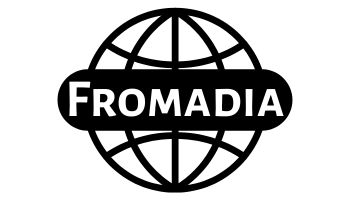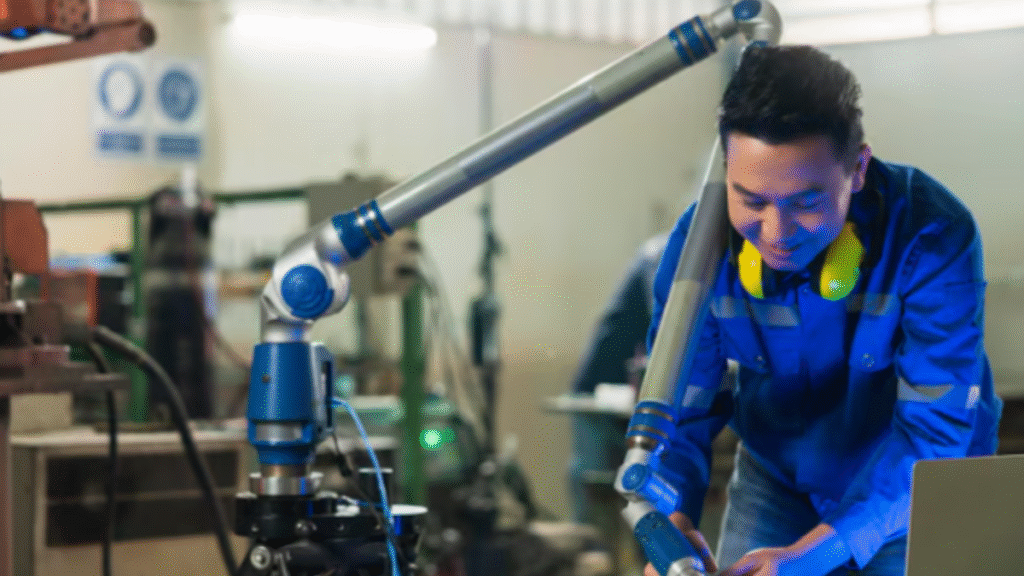In today’s competitive manufacturing landscape, companies are constantly seeking ways to enhance product quality, reduce production costs, and increase efficiency. One of the most impactful innovations driving this progress is advanced repmold technology. By integrating modern materials, smart automation, and precise engineering, repmold techniques are redefining the standards of high-quality production across various industries.
What Is Repmold Technology?
Repmold refers to a refined molding process that focuses on replicating high-precision parts with consistent accuracy. It is commonly used in plastic injection molding, metal casting, and composite material shaping. Unlike traditional molds, repmold systems emphasize repeatability, precision, and speed, ensuring that every product meets strict quality requirements.
The term “repmold” itself combines “replicate” and “mold,” highlighting its main purpose — to reproduce identical parts efficiently without compromising on detail or durability.
The Evolution of Repmold Manufacturing
Over the past decade, molding technologies have undergone a massive transformation. Early methods relied heavily on manual craftsmanship, which often led to inconsistencies and material waste. Today, advanced repmold systems integrate computer-aided design (CAD), 3D printing, and automated quality control.
This evolution allows manufacturers to:
Produce parts with micron-level accuracy
Minimize material waste and energy usage
Achieve faster turnaround times
Maintain uniform quality across large production runs
These advancements make repmold technology a cornerstone of modern industrial manufacturing.
Key Advanced Repmold Techniques
1. High-Precision CNC Machining
Modern repmolds rely on CNC (Computer Numerical Control) machining for ultra-accurate mold creation. This ensures perfect alignment, smooth surfaces, and durable mold structures — all crucial for high-quality output.
2. 3D Printing Integration
Additive manufacturing (3D printing) plays a growing role in creating complex mold geometries. With 3D-printed mold inserts, engineers can test new designs quickly before committing to mass production.
3. Smart Temperature Control Systems
Maintaining the right mold temperature is critical for consistent results. Advanced repmold systems use real-time thermal sensors to optimize heating and cooling, which helps prevent defects such as warping or uneven surfaces.
4. Automated Ejection and Feedback Loops
Automation helps streamline the process. Smart ejector systems remove parts safely while sensors provide feedback to identify defects instantly. This minimizes downtime and improves yield rates.
5. Surface Treatment and Coatings
Special coatings such as PTFE, chromium, or titanium nitride enhance mold life and prevent sticking or corrosion. This step ensures smoother finishes and reduces maintenance costs.
Benefits of Using Advanced Repmold Techniques
The integration of modern technologies into repmolding has resulted in numerous benefits, including:
Higher Product Quality: Enhanced precision and consistency across all units.
Reduced Production Costs: Efficient material use and automated systems lower operational expenses.
Faster Turnaround: Rapid prototyping and optimized mold design accelerate time-to-market.
Sustainability: Less waste and energy consumption make repmolding environmentally friendly.
Customization: Easy adaptation for new designs and materials without full retooling.
Industries Adopting Repmold Technology
Advanced repmold techniques are now used in a wide range of sectors:
Automotive: For high-precision interior and engine components.
Aerospace: Lightweight composite parts with strict dimensional tolerances.
Consumer Electronics: Durable and sleek plastic housings.
Medical Devices: Sterile, precision-molded components for safety and performance.
Packaging: Fast, consistent, and sustainable material molding for mass production.
Challenges and Future Innovations
Despite its many advantages, repmold manufacturing faces challenges such as high initial setup costs and complex maintenance of precision molds. However, emerging innovations — like AI-driven defect detection, digital twin simulation, and sustainable biopolymer materials — are addressing these concerns.
In the near future, we can expect repmold systems to become fully autonomous, adjusting parameters in real time for optimal results. This shift will push high-quality production to even greater levels of accuracy and efficiency.
Tips for Implementing Advanced Repmold in Your Production Line
Invest in Training: Skilled operators and engineers are key to success.
Use Data Analytics: Monitor production data to identify bottlenecks early.
Start with Prototyping: Test molds using small-scale runs before full production.
Collaborate with Experts: Partner with technology providers who specialize in repmold automation.
Focus on Maintenance: Regular cleaning and calibration extend mold lifespan.
Conclusion
Advanced repmold techniques represent a new era of high-quality production, combining precision engineering with smart automation and sustainability. As industries evolve, adopting these methods will not only enhance product performance but also ensure long-term competitiveness in a demanding global market.
If your goal is to improve consistency, cut costs, and innovate faster, investing in advanced repmold technology is the smart move for the future.






